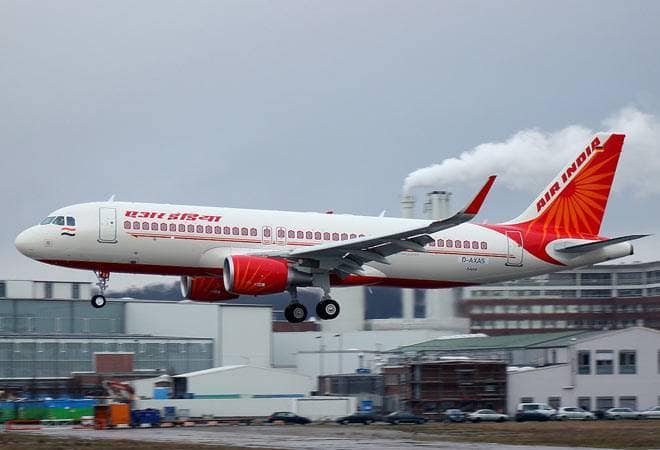1. 737 MAX Crashes (Lion Air & Ethiopian, 2018–19) ✈️
Boeing’s Response & Actions
Expressed condolences to victims, issued a bulletin in 2018 addressing MCAS operational guidance.
Following the March 2019 crash, Boeing backed the FAA’s MAX grounding and committed to a full review (justice.gov, timesofindia.indiatimes.com, en.wikipedia.org).
Engineering adjustments included dual-sensor input for MCAS, pilot override capabilities, updated manuals, and mandatory simulator training. More than 400,000 testing hours supported recertification by late 2019 .
In December 2020, Boeing pleaded guilty and agreed to pay >US $2.5 billion: $500 million for victims’ families and $1.77 billion to airlines; also paid $200 million in SEC fines for misleading statements .
Perspective
Boeing asserted the MAX is safe when properly operated and blamed MCAS design and pilot-training gaps.
They emphasized the extensive recertification effort and commitment to stronger safety protocols.
Criticism
The company’s initial hesitation to ground the fleet and lack of early MCAS disclosure hurt trust.
2. Alaska Airlines Flight 1282 (Jan 2024)
Incident: A mid‑cabin door plug blew off a 737 MAX‑9 during flight, leading to an emergency landing (reuters.com).
Boeing’s Response & Actions
Apologized and cooperated fully with FAA and NTSB.
The FAA grounded 171 MAX‑9s for inspection; Administrator Whitaker visited Boeing’s Renton plant to discuss quality improvements (faa.gov).
Boeing removed its 737 program head, created a VP of Quality role, and submitted a corrective action plan including enhanced inspections, oversight of Spirit AeroSystems, and increased mechanic training .
Perspective
Boeing stated the issue was due to missing bolts on a door plug, not systemic failure, and emphasized the safe outcome.
Criticism
NTSB flagged missing records and delayed information—signs of quality control breakdown (abcnews.go.com).
3. Air India Flight 171 Crash (June 12, 2025)
Incident: A Boeing 787‑8 crashed after takeoff from Ahmedabad, resulting in ~241 onboard fatalities and additional ground deaths—the first fatal Dreamliner crash .
Boeing’s Response & Actions
CEO Kelly Ortberg expressed condolences, promised cooperation with Indian investigators, and assembled a support team (cbsnews.com).
Stressed the 787’s strong safety history (over 41,000 flying hours, no prior fatalities).
Rebutted recent whistleblower claims of structural flaws, noting FAA-validated fixes implemented during 2021–22 delivery pauses (barrons.com).
Perspective
Boeing emphasized the Dreamliner’s rigorous design and testing and maintained that other factors likely contributed; cause is under investigation.
Criticism
The crash has intensified scrutiny, especially given alignment with whistleblower warnings—though no fault established yet (financialexpress.com).
4. Whistleblower Allegations
John Barnett (retired 2017, died 2024)
Alleged poor-quality parts—including substandard oxygen systems and falsified paperwork. Boeing responded that investigations found no safety risks (en.wikipedia.org, timesofindia.indiatimes.com).
Sam Salehpour (2024)
Claimed structural assembly shortcuts on the 787 (e.g., workers “jumping like Tarzan”). Boeing countered these claims, citing FAA reviews and over 1,000 test flights after delivery pauses (businesstoday.in).
Others (Dean, Mohawk, Spirit AeroSystems defects)
Boeing acknowledged the issues and instituted improved defect tracking and inspections, maintaining that no unsafe aircraft were delivered.
Perspective
Boeing asserts a thorough investigation process, encourages reporting, and implements corrective actions under regulatory supervision.
Criticism
Repeated whistleblower claims and Barnett’s tragic death point to deeper cultural issues. Some suggest Boeing prioritized delivery schedules over safety.
5. Broader Corporate and Regulatory Reforms
Leadership Turnover: Kelly Ortberg (appointed CEO in 2024) reorganized leadership, created the VP‑Quality role, and simplified production lines.
Regulatory Oversight: Boeing accepted FAA production audits and even a 2024 production cap; as of mid-2025, ~70% of corrective steps were reportedly completed (barrons.com, financialexpress.com, timesofindia.indiatimes.com).
Financial Impact: Boeing has absorbed ~$35 billion in losses since 2019. Beyond the MAX settlement, it reportedly agreed to a ~$1.1 billion DOJ settlement in May 2025, covering penalties and families’ compensation (eplaneai.com).
Public Sentiment: Social media—especially on X—remains skeptical, with lingering distrust fueled by allegations the company prioritized profits and suppressed whistleblowers.

